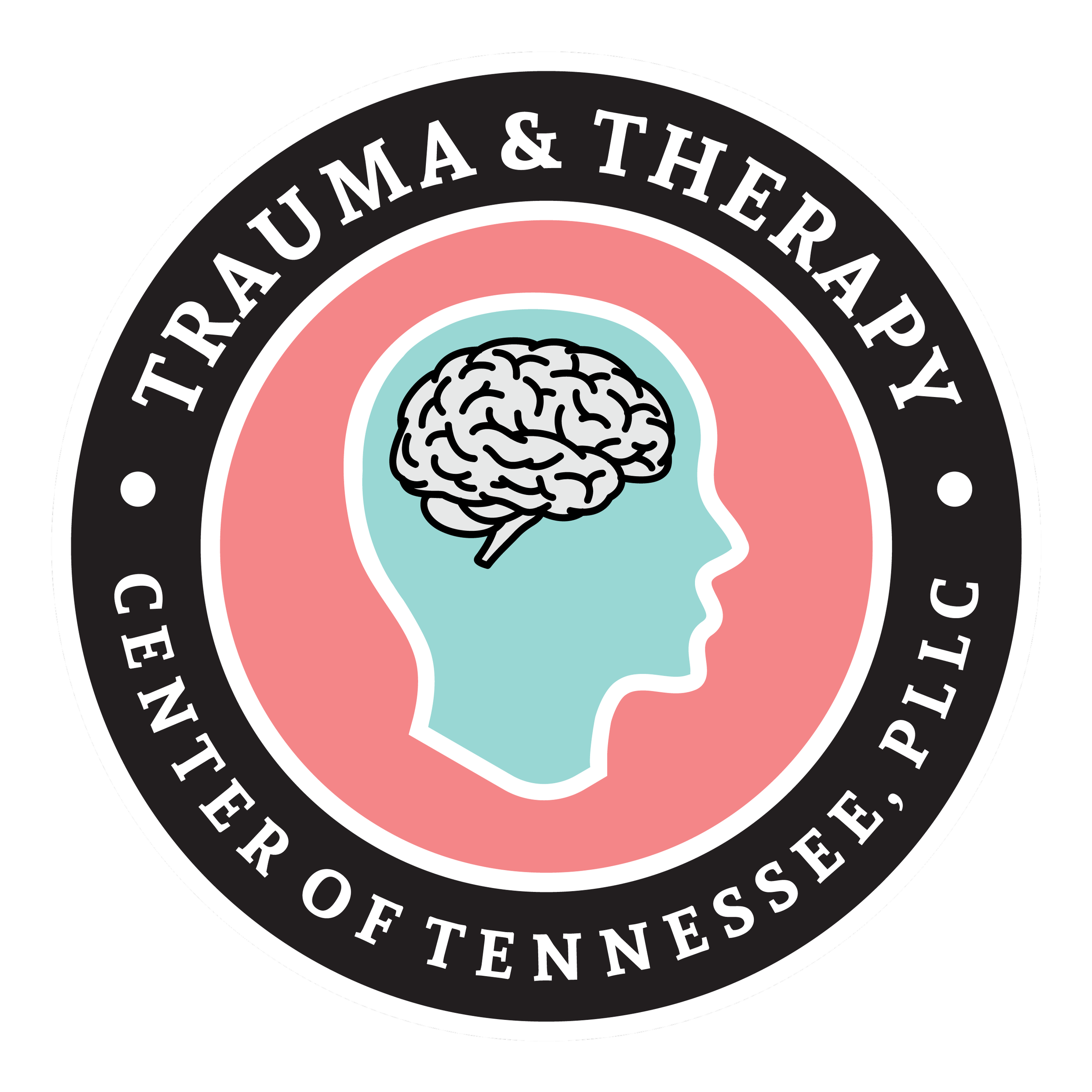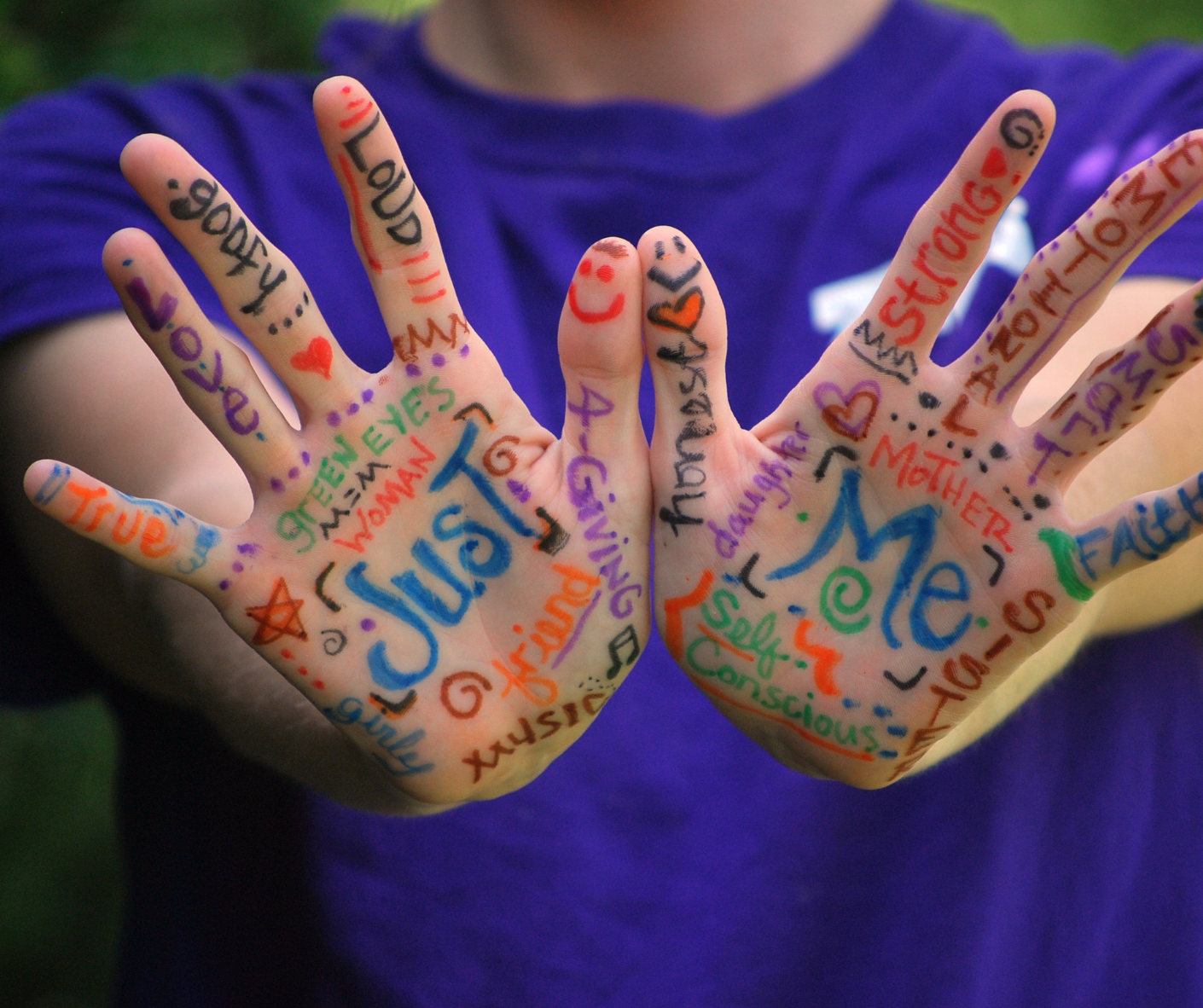Engaging the Emotional Brain: How Experiential Therapy Helps Children Heal
Giving Brain Power a Whole New Meaning…
When working with children and adolescents, it’s important to understand the function of the emotional brain and how to effectively access it. The emotional brain can be described as the amygdala since it’s the seat of all emotion as well as the “threat detector” for our experiences. Joseph LeDoux proposed that the emotional brain stores key stimuli on the basis of experience and association (2012). These experience-dependent associations go on to create response patterns that are involuntarily expressed thru a similar-same dynamic meaning that if the brain encounters a similar experience, it will express the same response pattern. (LeDoux, 2012). Although these response patterns are involuntarily expressed, they are not in a fixed state and thus, they can be altered with new experiences and associations. (LeDoux, 2012).
Oftentimes, children and adolescents present to therapy with some sort of unwanted behavior/feeling (response pattern). It is important to understand that this behavior/feeling was once needed for survival, according to the emotional brain. When a therapist can effectively engage the emotional brain in a new experience, this allows a new association to be made, which allows for a new response pattern. Think of the presenting behavior/feeling as a response to a prior perceived threat or a basic way to get a need met.
The emotional brain is pre-verbal so it’s like speaking with a young toddler. Using experiential exercises to excite the emotional brain thru colors, images, sounds, and movement will create the best environment for a new experience and association. Think about using beanie babies to do a family or classroom sculpt. Imagine seeing the undesired behavior as the way the client “got thru” a difficult or overwhelming experience. Invite the client to draw a symbol that represents the desired qualities for a future response. The therapist could even do a guided meditation around it or make up a dance to help strengthen the new association. Be creative and go for it! The emotional brain is always open to something new and fun!
Reference
LeDoux, J. (2012). Rethinking the Emotional Brain. Neuron,653-676. Retrieved October 12, 2018, from https://www.sciencedirect.com/science/article/pii/S0896627312001298.

